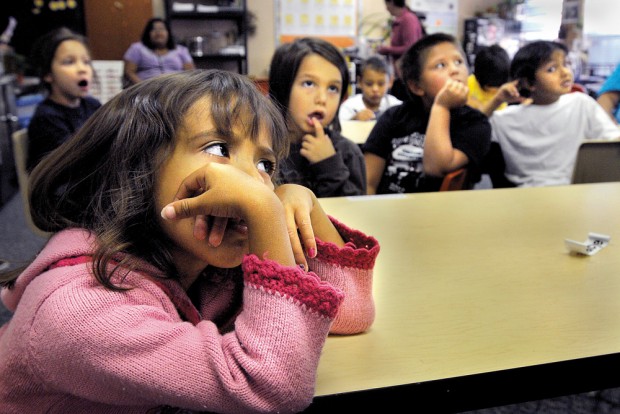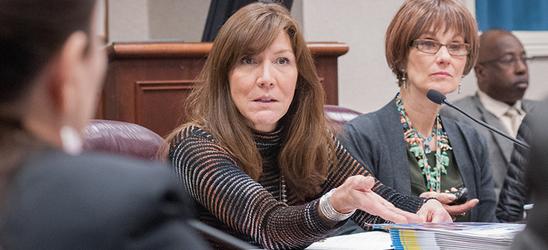By Sharon Salyer, The Herald
New programs will be launched this fall at Cascade and Jackson high schools to increase low-income and minority student enrollment in academically rigorous courses.
The program, called Equal Opportunity Schools, is aimed at “breaking the cycle of low expectations,” said Jeanne Willard, who oversees instructional support and on-time graduation for the Everett School District.
The goal is to get more students enrolled in courses that award college credits, such as Advanced Placement English, calculus, physics and history, as well as International Baccalaureate courses.
“There’s lots of research on AP courses that says that students are more likely to graduate from high school, and when they go to college they earn more credits and have higher GPAs,” Willard said.
Nationally, twice as many white students take Advanced Placement exams as Latino or black students.
In the Everett School District, students from medium and higher income families, regardless of race, typically take the academically challenging courses more frequently than those from lower income families.
Everett’s high schools are among 79 that have been selected for the program this year.
When the program starts in the fall, Cascade and Jackson high schools will survey students and teachers on their attitudes about Advanced Placement programs, including whether students are encouraged to enroll in these courses.
Everett High School is scheduled to begin the program in fall 2015, to allow time to evaluate the program and see if there are any changes that might be made specifically for that school, Willard said.
At Cascade High School, the school district estimates that an additional 85 students could qualify for the advanced academic programs; Everett High School could enroll another 52 students and at Jackson, an additional 31 students could be enrolled.
Success will be measured by the number of students passing Advanced Placement or International Baccalaureate courses.
“The benefit is colleges and universities often see AP and International Baccalaureate courses as examples of rigorous coursework,” said Tony Byrd, associate superintendent of curriculum, assessment and special programs. “We’re hoping it will inspire more students to participate.”
School districts in Federal Way and Renton also have the program in their schools. Participating school districts find more low-income and minority students enroll and continue to enroll in the challenging classes, Willard said.
Google will provide an $18,000 grant to Equal Opportunity Schools for technical assistance for Everett’s program as well as grants of up to $300 for each low-income or minority student enrolled in AP or International Baccalaureate courses.
School board member Pam LeSesne said it’s important for students to be prepared for big academic challenges.
A change has to occur from an attitude of, “Well, if it’s too hard, let’s not push the kids,” she said.
“Let’s challenge our students to think they can do it,” LeSesne said. “And let’s ensure they’re prepared to do it.”












